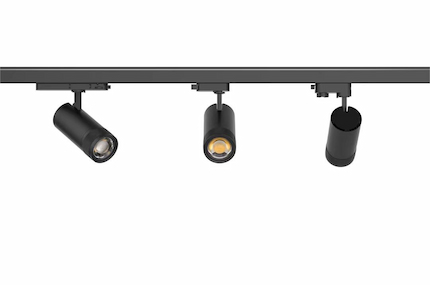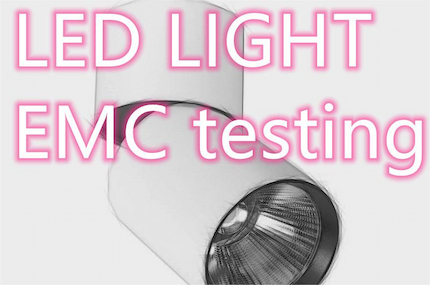Nov 24, 2023
Dimmable Led Lights Have Revolutionized The Lighting Industry By Providing Users With The Ability To Adjust The Brightness Levels According To Their Preference Or Specific Lighting Requirements. Whether You Want To Create A Cozy Ambiance For A Romantic Dinner Or Enhance The Productivity In Your Workspace, Dimmable Led Lights Offer Versatility And Control. In This Article, We Will Provide A Step-By-Step Guide On How To Dim Led Lights, Ensuring That You Can Make The Most Of Your Lighting System.
Step 1: Check Compatibility
Before Attempting To Dim Led Lights, It'S Essential To Ensure That Both Your Led Lights And Your Dimmer Switch Are Compatible. Led Lights Require Specially Designed Dimmers That Are Compatible With Their Electronic Drivers. Traditional Incandescent Dimmers May Not Work Properly With Led Lights, Potentially Causing Flickering, Buzzing, Or Even Damaging The Led Circuitry. Look For Dimmers Specifically Labeled As Compatible With Led Lighting, Or Consult With A Professional Electrician Or Lighting Specialist For Guidance.
Step 2: Select The Right Dimmer
Now That You Know The Importance Of Compatibility, It'S Time To Choose The Right Dimmer For Your Led Lights. Dimmers Come In Various Types, Such As Rotary, Sliding, Touch, Or Smart Dimmers. Consider Your Personal Preference, The Desired Control Options, And The Wiring Compatibility Of Each Dimmer Type. Some Dimmers Also Offer Advanced Features Like Preset Lighting Scenes, Timers, And Remote Control Functionalities. Select A Dimmer That Suits Your Needs And Complements Your Overall Lighting System.
Step 3: Installation
Once You Have Chosen A Compatible Dimmer Switch, It'S Time To Install It. Turn Off The Power To The Circuit You'Ll Be Working On At The Main Electrical Panel Before Starting Any Installation Process. Follow The Manufacturer'S Instructions Carefully To Ensure A Safe And Proper Installation. If You'Re Uncertain About Any Step, It'S Recommended To Consult A Professional Electrician To Avoid Any Electrical Hazards.
Step 4: Familiarize Yourself With Dimming Controls
After Installing The Dimmer, Familiarize Yourself With The Various Controls. Most Dimmer Switches Have A Physical Switch Or Knob That Turns The Lights On And Off, While The Dimming Function Is Controlled By Sliding, Rotating, Tapping, Or Pressing Buttons. Some Dimmers Also Come With Remote Controls Or Are Compatible With Smartphone Apps Or Voice Assistants For Added Convenience.
Step 5: Adjusting Brightness
To Start Dimming Your Led Lights, Turn The Lights On Using The Main Switch Or Knob. Then, Use The Dimming Controls To Adjust The Brightness Level. Depending On The Dimmer Type, You May Slide, Rotate Clockwise Or Counterclockwise, Tap Buttons, Or Use Specific Commands On Your Remote Or App. Gradually Increase Or Decrease The Brightness Until You Find The Desired Level. Remember That Led Lights Offer Smooth And Flicker-Free Dimming, Allowing For Precise Adjustments.
Step 6: Create Lighting Scenes
One Of The Major Benefits Of Dimmable Led Lights Is The Ability To Create Different Lighting Scenes For Various Activities Or Moods. Experiment With Different Brightness Levels To Find The Perfect Ambiance For Relaxation, Entertainment, Or Working. Save Your Preferred Lighting Scenes Using The Dimmer'S Memory Function Or Smart Home Integration. This Way, You Can Quickly Recall Your Favorite Settings With A Single Button Press Or Voice Command.
Dimmable Led Lights Provide Users With Flexibility, Comfort, And Versatility In Controlling The Lighting Ambiance Within Their Living Spaces. By Following The Steps Outlined In This Guide, You Can Successfully Dim Your Led Lights And Transform Your Environment To Suit Your Specific Needs. Remember To Use Compatible Dimmers, Select The Right Dimming Controls, And Enjoy The Benefits Of Energy-Efficient Lighting Customized To Your Preferences.


